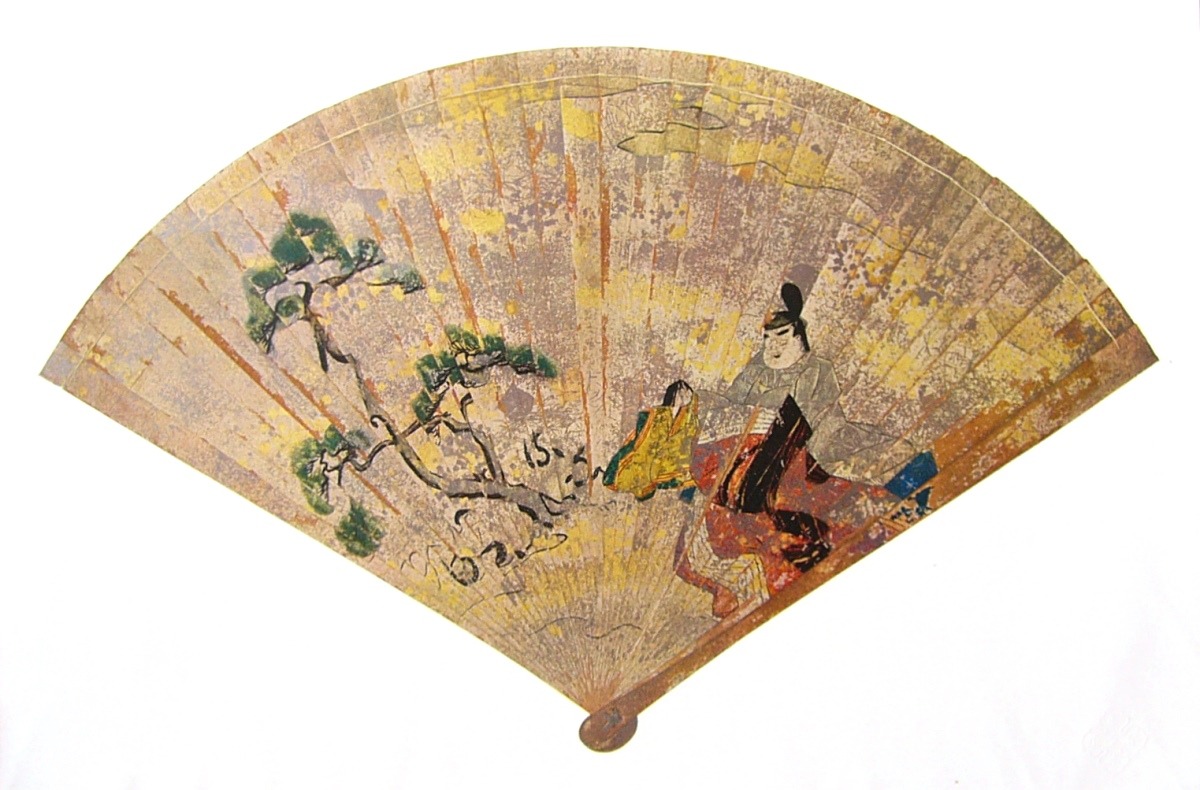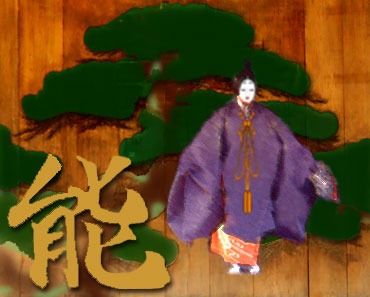
Aware(pathos)・Appare(bravo)
Ogi fans have long been an essential tool to keep cool during the hot and muggy summers of Japan. First made during the Heian period in the 10th century, Japanese fans started as a bundle of wooden plates, made of hinoki(Japanese cypress) and decorated with landscape paintings. They were originally used as a device to hide the faces of kuge, the court nobles.
It was this court culture that developed the remarkable concept of aware, which expressed admiration for the vicissitudes of the seasons, people, and all the ephemeral things in life.
The samurai who emerged in the 12th century, however, while attracted to the elegance of court culture, substituted for the “w” in aware the plosive “p” sound–more fitting to their nature-resulting in the term appare. The new term was used to express admiration and respect for fellow warriors dying in good grace, thus transforming a sympathetic emotional response into an active affirmation of the transient nature of the world.
Another instance of the samurai reversing a court-culture aesthetic can be seen in kabuki, where the aragoto (rough) acting style developed- mainly in samurai-dominated eastern Japan–in contrast to the wagoto (soft)style characteristic of the aristocratic culture of western Japan.


